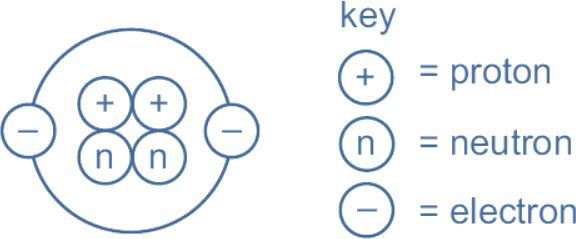Hybridization is a process that involves the combination of atomic orbitals to produce a new set of hybrid orbitals that are equivalent in energy and geometry. These hybrid orbitals can then bond with other atoms to form new molecules. In the case of CH4, the central carbon atom in methane undergoes sp3 hybridization, which involves the combination of one s orbital and three p orbitals.

The s orbital is spherical in shape, whereas the three p orbitals (px, py, and pz) have lobes oriented in the x, y, and z directions, respectively. Hybridization occurs when the carbon atom combines its one s orbital and three p orbitals to form four identical sp3 hybrid orbitals. These hybrid orbitals are oriented in a tetrahedral shape around the carbon atom, with the four hydrogen atoms located at the corners of the tetrahedron. The hybridization of the carbon atom in CH4 results in four equally spaced covalent bonds between the carbon and hydrogen atoms.
The sp3 hybridization process in CH4 is essential to understand the properties of the molecule. This hybridization influences the bond angle and molecular shape of CH4. The hybrid orbitals that form in methane are four equivalent sp3 orbitals, resulting in perfect tetrahedral geometry. The bond angle between the hydrogen atoms in methane is 109.5°, which is the ideal bond angle for a tetrahedral shape.
The hybridization of the central atom in CH4 is significant in the formation of organic compounds. Organic compounds are compounds that contain carbon, and the sp3 hybridization found in methane is a model for the hybridization that occurs in other organic molecules. Understanding the hybridization in molecules like CH4 can help us predict the properties of other carbon-based compounds.
In conclusion, hybridization of the central carbon atom in CH4 is sp3 hybridization, which involves the combination of one s orbital and three p orbitals to form four equivalent sp3 hybrid orbitals. These orbitals are oriented in a tetrahedral shape around the central carbon atom, with the four hydrogen atoms located at the corners of the tetrahedron. Hybridization is significant in the formation of organic compounds, and understanding the hybridization in molecules like CH4 can help us predict the properties of other carbon-based compounds.